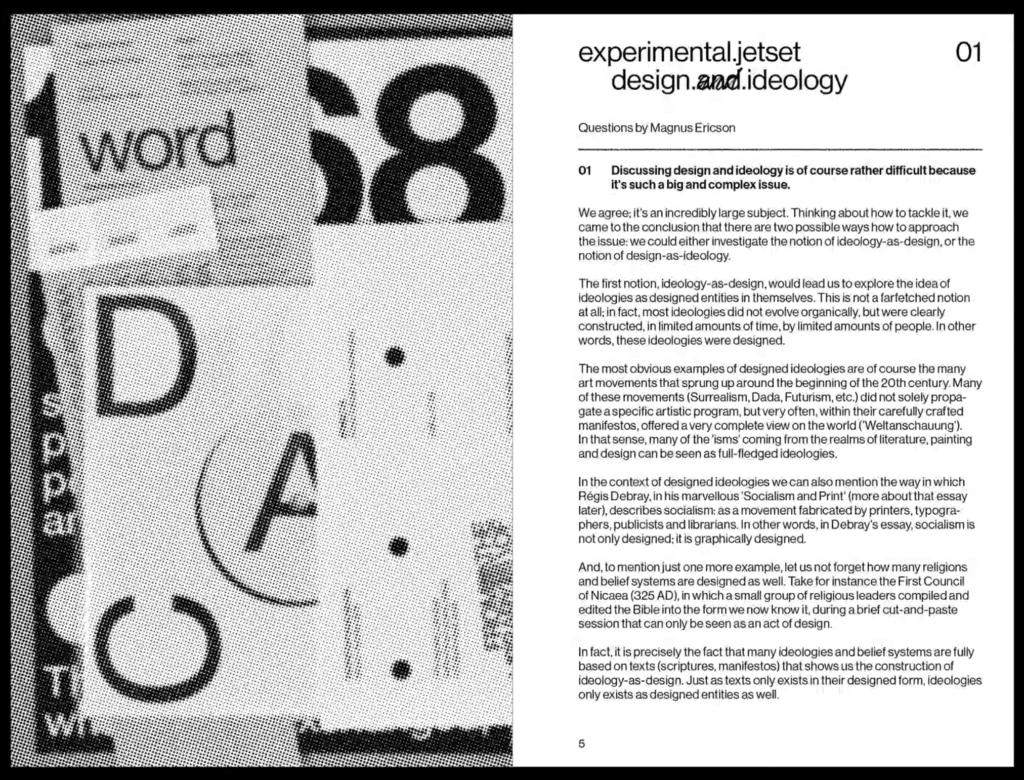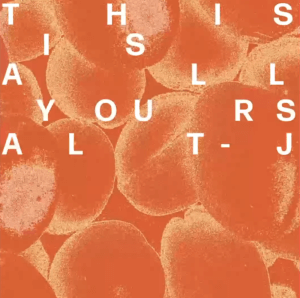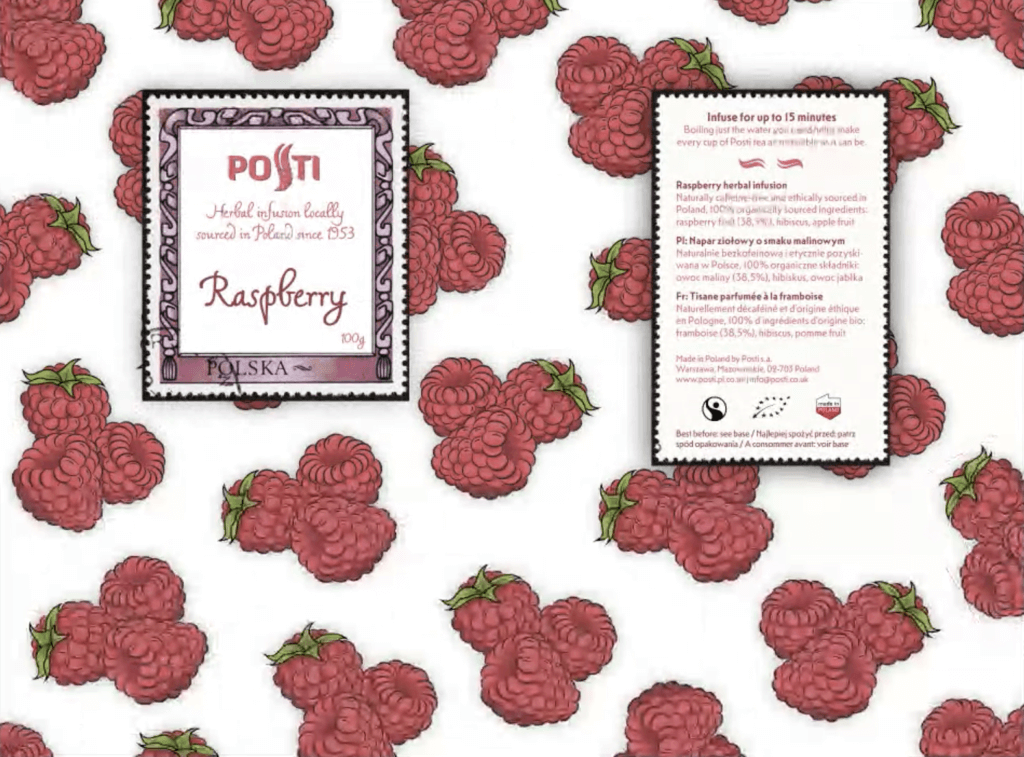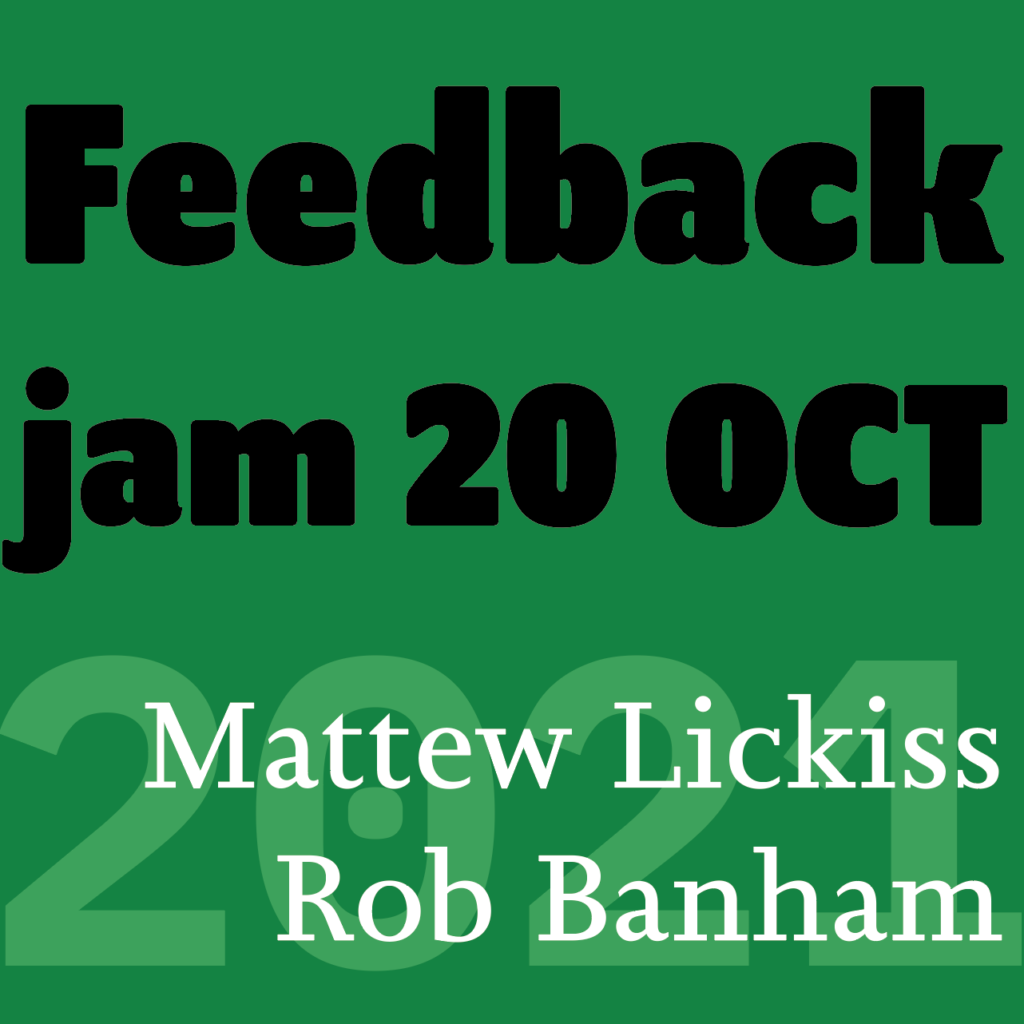Feedback Jam is dedicated to helping students get additional feedback from tutors on a whatever project they like – outside of normal timetabled sessions. It helps students get a wider view of their work, and keeps tutors connected to what the whole student body is up to. This term we we joined by Rob Banham and Mattew Lickiss. The session mainly consisted of Part 3 students sharing their work on their magazine and packaging design, and we had a great audience of Part 1 and Part 2 students listening in, and contributing their thoughts.
Magazines

Magazine are quite different from books, but of course also have a lot in common. This makes finding the balance tricky at times – we want to break from the conventional rules from book design, but this is not always the best solution. One of those instances is when using numbering systems and folios. If we use multiple different numbering systems, it can get confusing quickly what the number is for – an article? A heading? A page number? It is really important that we draw from the readings and research we do in our projects as this helps us learn how to improve our work further.
Another thing which was discussed during baseline shift was the fuzzy D, which is the need to edit the line breaks within a paragraph to make the text less distracting to the readers. No one wants a word at the end of the line sticking out like a sore thumb! The key thing for us to remember is to not over do it, you want that appearance of a D. That does not mean you have to use justified setting as this will give you rivers of white. ‘You must decide on your priority’ Rob stated when using ragged settings and going through each paragraph to tidy them up; it is all about the aesthetic and helping the readers read the text in a more helpful way.
Using images was also a topic that came up. When using photographs of artwork, we must remember that using only a section could offend the artists. It is best to show a thumbnail of the whole photo along with the blown-up photograph of the detail. There are many aspects of how imagery is used that can affect reader perception of the ‘truth’ of that image. Designers should take care to ensure that key meaning is not lost or inadvertently distorted.
Packaging


There are a wide range of packaging designs in the world so re-branding an existing product can be quite difficult. Moving away from what already exists and starting from scratch – the world is full of possibilities! This also means we sometimes have too many ideas which differ immensely from one another, so it is difficult to follow the various thought processes used. When we are presenting these to clients, peers and tutors it is useful to present them with numbers, so it is clear which one we are talking about and presenting things which are full screen and static make it easier for others to give feedback. As another student mentioned within the feedback jam it is also useful to set our own parameters when we are given an open brief, set some limitations so we do not end up lost in a sea of possibilities.
When we look at spacing on an existing piece of work, we should be able to explain how the spaces reflect the hierarchy of the information. As there are many ways generate a hierarchy, students should be prepared to ‘try the spacing 5 different ways’ to see which works best. At the very least, layout should be ‘correct’ according to the needs of the content and the brief, so that it can build valid connections between the design and product. But within that envelope there is alway ample space for creative and aesthetic variation.

In addition to this, when we design packaging materials it is important to make sure that the elements blend well together, so having too many visually different styles can get confusing and hinder the design. We should try to bring them together; this may mean using the materiality of the packaging to our advantage – stick on the label instead of printing one on the packaging for example.
Conclusion
We should experiment, try things in multiple ways before making any decisions, and ask for someone else’s opinion. Spending hours working on a project we can become a bit oblivious to what needs to be tweaked ourselves, so asking for lots of viewpoints is good! As Rob said, students need to ‘test your perception of yourself with others’. They may say different things, but that just means our designs keep developing as we figure out what works best and what to try next.
Student Feedback
‘The feedback I got was very helpful and made me understand better what I should improve. My sincere thanks to the tutors! You guys are awesome, as usual!’ – Denisa, Part 3 student
‘I liked to see how work is criticised by different tutors, and how they had different opinions.’ – Part 1 student
‘Feedback jam rules’ – Part 3 student

